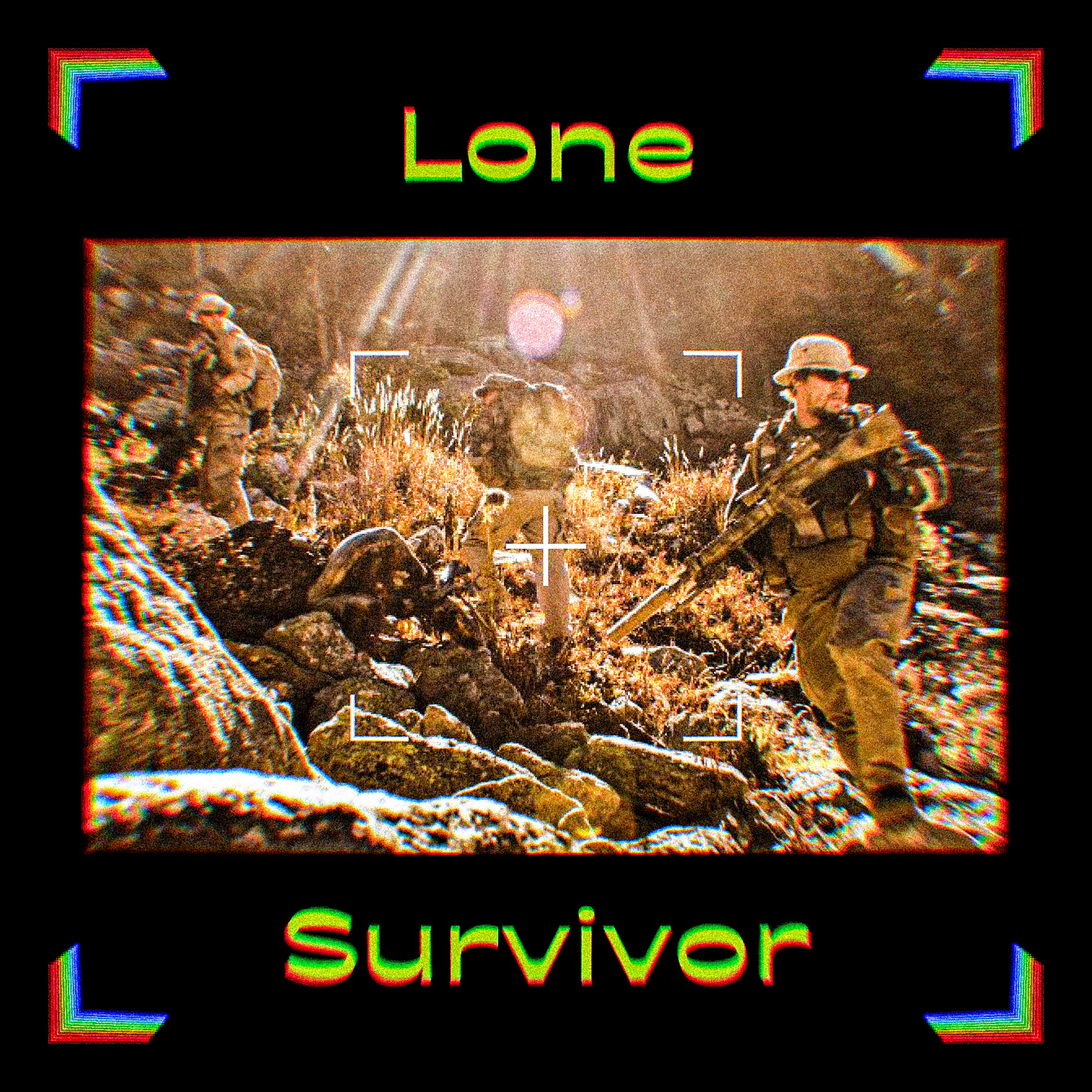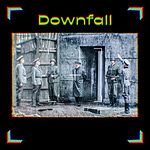The combat journalist Wes Morgan joins us to unpack Peter Berg’s Lone Survivor—a film that packages “victim-hero” mythology in SEAL-recruiting gloss—alongside John Wayne’s The Green Berets (1968), a studio-era propaganda relic made with heavy Pentagon help and shot largely at Fort Benning. We track shared tropes: the “good foreigner/child,” the moral theater around killing noncombatants, and how both movies swap unsavory political histories for clean, consumable heroism. From Lone Survivor’s Pashtunwali turn to Green Berets’ cartoon villainy, we ask what these stories make both legible and invisible.
Wes brings the granular Afghanistan context that Hollywood blurs: the Pech/Kunar campaigns and how special-operations logic, local powerbrokers, and U.S. prerogatives collided on the ground. And we contrast the films’ PR-friendly aesthetics with reporting on how the war was in fact fought, and what that meant for Afghans and Americans alike.
Further Reading
The Hardest Place: The American Military Adrift in Afghanistan’s Pech Valley by Wes Morgan
“Marcus Lutrell’s Savior, Mohammad Gulab, Claims ‘Lone Survivor’ Got It Wrong,” by R.M. Schneiderman
“Exception(s) to the Rule(s): Civilian Harm, Oversight, and Accountability in the Shadow Wars,” by the Center for Civilians in Conflict
Roger Ebert’s review of The Green Berets (1968)
No Good Men Among the Living: America, the Taliban, and the War through Afghan Eyes, by Anand Gopal
Teaser from the Episode
Lone Survivor Trailer
Listen to this episode with a 7-day free trial
Subscribe to Bang-Bang to listen to this post and get 7 days of free access to the full post archives.













